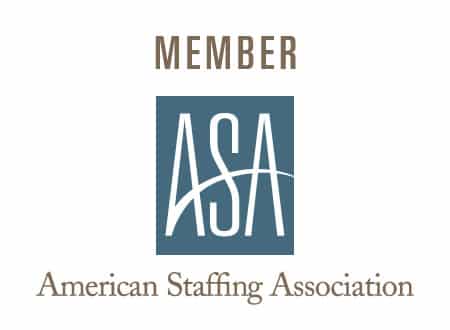Policy disagreements. Misunderstandings about job responsibilities. Clashes of personality or work style.
Disputes at work can begin for any number of reasons. Sometimes, cooler heads prevail and employees work out their own differences in a mature, respectful way. But other times, simple disagreements can erupt into full-scale battles, resulting in:
- lost productivity
- lowered morale
- turnover
- damage to your company’s culture
Managing Conflict in a Healthy Way
As a manager, work conflicts can leave you feeling uncomfortable – even downright angry. But if you react emotionally, place blame or try to ignore employee arguments, you’ll only make matters worse.
Employee conflict is an unavoidable part of daily work like – but it doesn’t have to be destructive. In fact, effective conflict resolution can lead to positive changes, improved work relationships and greater innovation.
When squabbles and confrontations erupt at work, use these four steps to deescalate situations, reduce tension and move on:
Bring the antagonists together.
Don’t meet with people individually; you need to resolve the situation together. Give each party involved a few minutes to share his side of the story, uninterrupted.
While each takes his turn speaking, use active listening techniques to start the resolution process. Summarize what he’s said, name the feeling he’s expressing, and then state the reason he feels that way:
“It sounds like you’re annoyed by John’s frequent lateness.”
Set rules of engagement.
Make it clear that you will not take sides and are committed to resolving the issue. Express confidence in your employees’ ability to move past the conflict, too – and then lay out a few simple rules for accomplishing your goal:
- Individuals must use “I” statements (as opposed to finger-pointing “you” statements) and speak in a civil tone to keep the discussion from devolving into another argument.
- Focus on work behaviors; skip personal attacks.
- Be specific; avoid sweeping generalities.
- Keep nonverbal cues respectful (i.e., no eye-rolling, arm-crossing or scowling).
- Use time-outs to defuse tension.
Agree to changes.
Once everything is “out in the open,” shift the focus to making concrete changes. Is there some point on which everyone agrees? Use this as a foundation for moving forward. And if there is no area of agreement, focus on a common long-term goal as a starting point. Come away from the discussion with concrete steps each participant will take toward resolving the conflict.
Review progress.
Prevent the same scenarios from playing out again by periodically reviewing progress. Hold participants and yourself accountable for living up to commitments. And don’t forget to congratulate employees on progress. Even if things aren’t perfect, improvements should be acknowledged.
The Payoff of Well-Managed Conflict
Successfully managing conflict has a positive domino effect, allowing you to create a workplace in which employees thrive. Even when disagreements occur, civility and respect shown during conflict resolution will foster a sense of goodwill in otherwise stressful situations. Over time, well-managed conflict will foster a more positive culture – leading to higher morale, more focused employees and new opportunities to learn, grow and create.
Need temporary employees who work well with your core team? Contact our Rutherford County staffing agency (or your local Wood Personnel office) today



